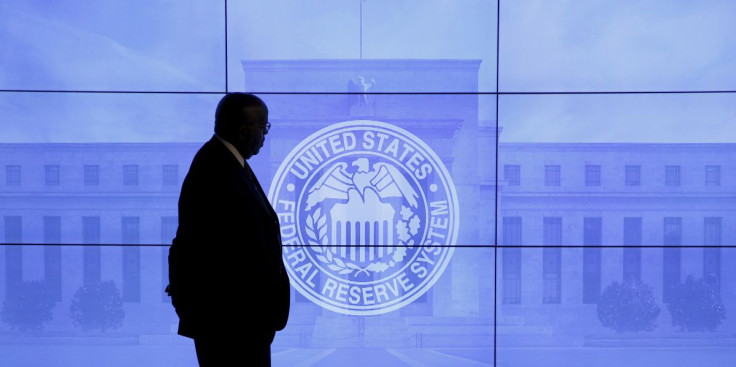May FOMC Meeting: To Hike Or Not To Hike
The dilemma arises from mixed signals on the state of the U.S. economy and the Fed's dual mandate of maximum employment and price stability.
On the one side, the U.S. labor market remains resilient, with payroll employment continuing to rise, though at moderate rates. In addition, the unemployment rate is hovering at a multi-year low, near what economists call "the natural rate of unemployment."
That's the unemployment rate consistent with full or maximum employment, meaning that the nation's central bank has already accomplished one of its dual mandates. Thus, the case for a pause.
Conversely, inflation remains elevated by any measure, well above the 2% mark, which the Fed considers consistent with price stability. Thus, the case for further hikes.
Compounding the Fed's dilemma is a wave of regional bank failures, which raises the prospect of a credit crunch that could further limit liquidity and push a weakening economy into a recession. Therefore, another case for a pause on rate hikes.
Still, the probabilities favor another interest rate hike, according to Robert R. Johnson, Ph.D., CFA, CAIA, a professor of finance at Creighton University's Heider College of Business who has been following the CME's FedWatch Tool. The tool analyzes the probabilities of changes in the Fed Funds Rate and U.S. monetary policy points to an 84% chance of a 25bps hike.
"With inflation still well above their 2% target and unemployment sitting comfortably below 4%, the Fed has almost no choice but to raise rates at least one more time this year by a quarter point," Nicholas Creel, assistant professor of business law at Georgia College & State University, told International Business Times, rationalizing the high chances of another rate hike. "That's all true given that the risk of a systemic banking failure seems to have significantly dissipated in the past several weeks."
Deutsche Bank Research (DBR) sides with CME's FedWatch assessment of the Fed's next move, too. In a recent note, they see the Fed hiking rates by 25bps at the May meeting as inflation remains elevated above the official target of 2%. "With this outcome widely anticipated, the focus will be on any changes to the guidance language in the statement," the DBR note said. "With inflation remaining stubbornly elevated, we expect the Committee to maintain a tightening bias and repeat the language from March."
With the hiking camp, Angelo Kourkafas, CFA, investment strategist at Edward Jones, also expects the Fed to raise its overnight policy rate by 25bps. Nonetheless, he sees the FOMC announcement suggesting that the Fed will step to the sidelines for an extended period.
"The statement may leave the door open for more tightening, but the May hike will likely be the last," he told IBT. "The stress in regional banks, the recent drop in two-year Treasury yields below the fed funds rate and the inverted yield curve are all signs that policy is turning overly restrictive."
That means policymakers will take a wait-and-see approach until there's better clarity on the pace of the disinflation process and the time lags of the previous rate hikes.
"With the end of tightening now in sight, we believe that long-term yields reached a cyclical peak last year," Kourkafas added. "A Fed pause won't be a cure-all, but it will be an important step towards a more sustainable recovery."
Kurt Rankin, senior economist and vice president at the PNC Financial Services Group, Inc., believes the subsequent pause will provide one less complicating factor in evaluating the full impact of last year's rapid monetary policy tightening pace on labor markets, layoffs and consumer demand.
"They'll want to thread the needle in their statements such that the market believes they would continue to raise rates if need be but that they are hopeful that more rate hikes will be unnecessary," Creel added. "This would ideally help them achieve a 'soft landing' whereby inflation continues to taper while the economy experiences only a mild recession at worst."

© Copyright IBTimes 2025. All rights reserved.






















